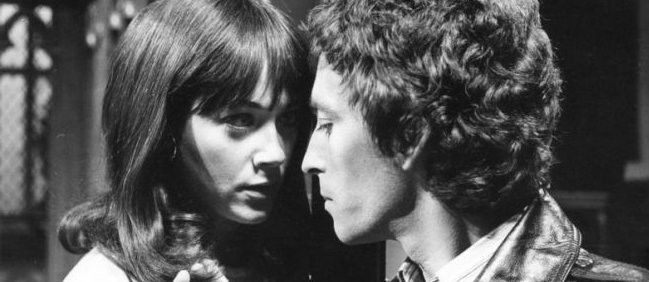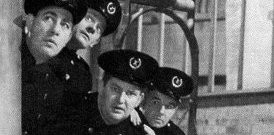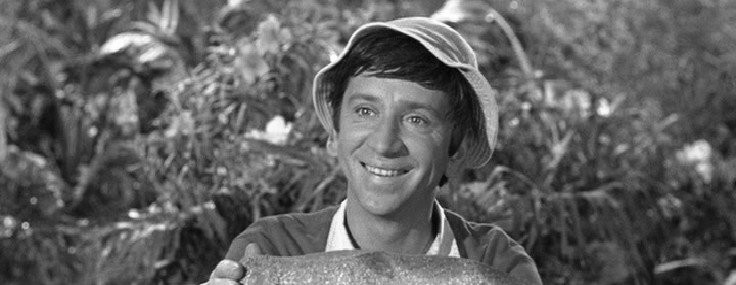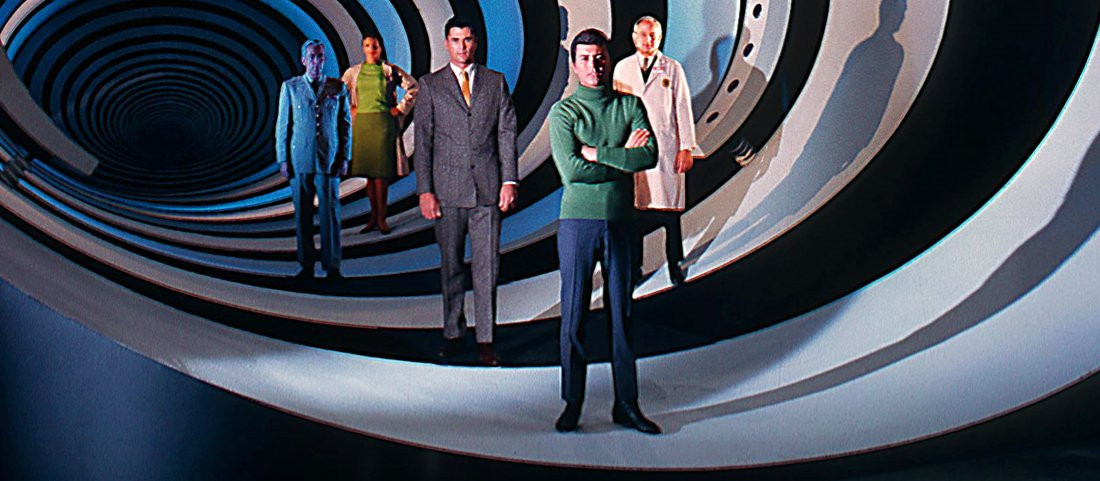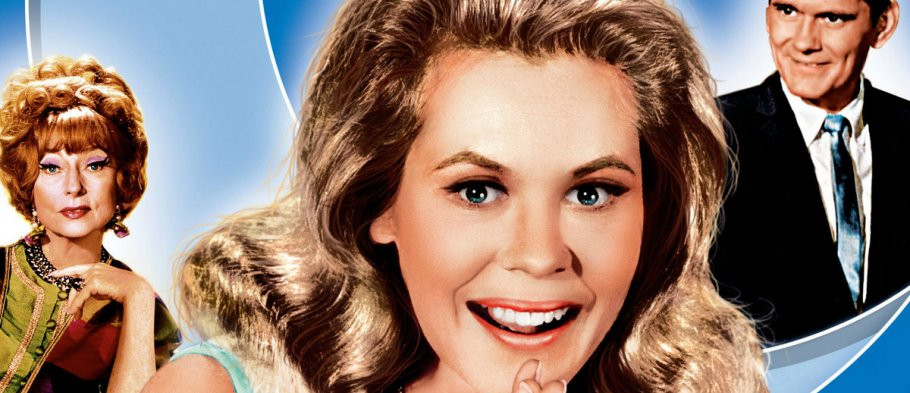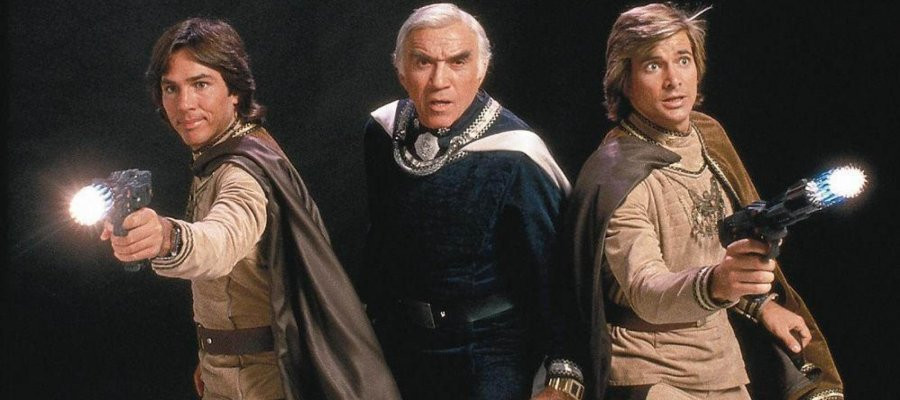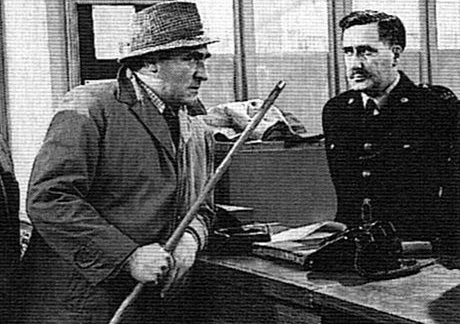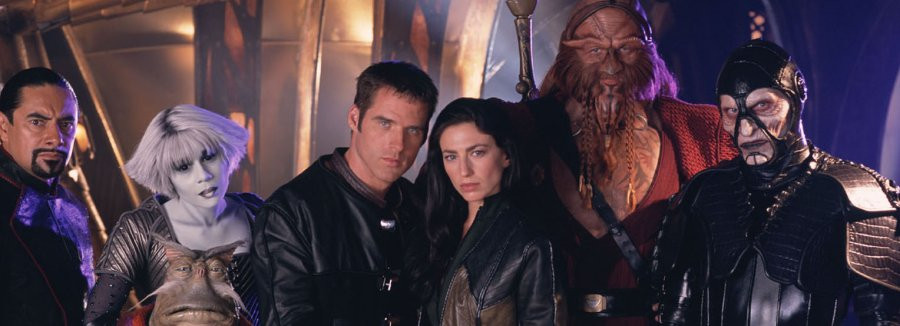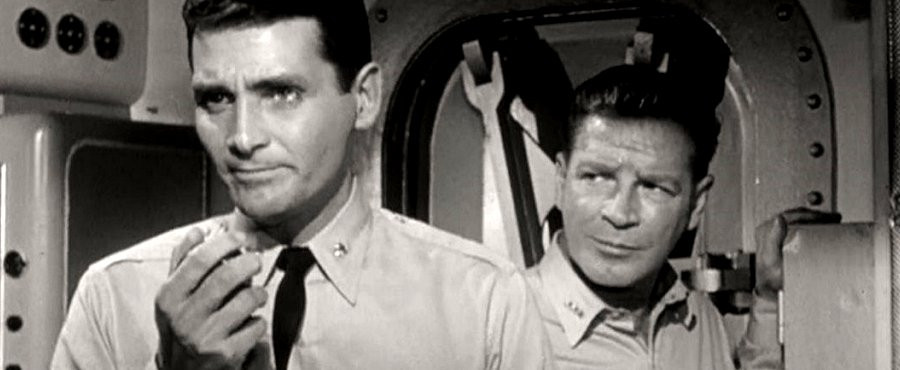
Voyage to the Bottom of the Sea
1964 - United StatesJules Verne's Twenty Thousand Leagues Under The Sea inspired two productions from Irwin Allen. The first was a 1961 movie starring Walter Pidgeon as retired Admiral Harriman Nelson, the creator and commander of the world's most advanced nuclear submarine, the 400-foot Seaview; its mission to explore the underwater world for the purposes of scientific research. Three years later, Allen approached 20th Century Fox Television with a spin-off TV version. Fortunately, the original 18-foot model of the Seaview craft (built for the princely sum of $400,000 - which included control room, viewing room, missile and torpedo rooms) still existed, giving the TV series possibly the most expensive prop in TV history.
A number of new models were made for the series; an 8-foot model which was fully automated with engines, lights and fully working torpedoes, and a 4-foot version as well as 1 and 2-foot versions of the mini-subs that were housed in Seaview. The cost of these were a further $200,000. Bill Abbott, the special effects chief at Fox won two Emmys for the subs and other special effects he created for the show. Not much footage was wasted from the original movie-shoot, either, and Allen had reels of unused underwater material to work with. Cast in the role of Admiral Nelson was former Shakespearian actor Richard Baseheart who bought an air of quiet authority to the role. He was aided and abetted by his equally competent second-in-command, Lee Crane, played by David Hedison.
In the pilot episode "Eleven Days to Zero", which was filmed in colour (the only episode of that first season to be done so), Commander Lee Crane becomes the Seaview's Captain after the murder of her original commanding officer, Commander John Phillips. At the end of the episode (set some 13-years into the future), we learn about Seaview's mission to roam the seven seas and probe the mysteries of nature and fight forces that threaten the survival of the United States and the entire world. Most of those threats came from enemy agents, would-be saboteurs and natural disasters. Unfortunately, from season two the series quickly descended into cheap pulp sci-fi as Seaview came under threat from aliens, humanoid amphibians, ice creatures, werewolves and one particular episode featured guest star Vincent Price as Professor Multiple, who tries to take over the Seaview using life-like puppets! While the special effects weren't low budget the scripts most definitely were.
But the blame for this should not be placed at the feet of the series creator. It is understood that following the first season ABC Television were demanding the series be given a "lighter" tone. By the time season two arrived Irwin Allen had another major television series on the screen; the highly acclaimed Lost In Space (which in later series, due to Network interference suffered the same fate as "Voyage"). The series had now switched to colour and some additional props were introduced. A slightly redesigned Seaview was accompanied by the Flying Sub a yellow, two-man mini-submarine with passenger capacity that could leave the ocean and function as an airplane. The Seaview's private observation deck from the first season was never seen again and its eight observation windows were reduced to four. By season three (1966-67) Allen also had The Time Tunnel in production (his only series not to be a commercial hit). In spite of ratings for Voyage To The Bottom Of The Sea falling to an all-time low by season four, ABC were still prepared to renew it until Allen suggested Land of the Giants (1968) as a replacement and the Seaview had sailed its last.
In the 1970s, Allen returned to cinema screens and was the most popular name associated with the decade's fad for the disaster film genre, producing The Poseidon Adventure (1972) and The Towering Inferno (1974), which he co-directed. But for most of the 1960s Irwin Allen was known as the dean of TV science fiction.
Published on February 11th, 2019. Written by Marc Saul (April 2010) for Television Heaven.


